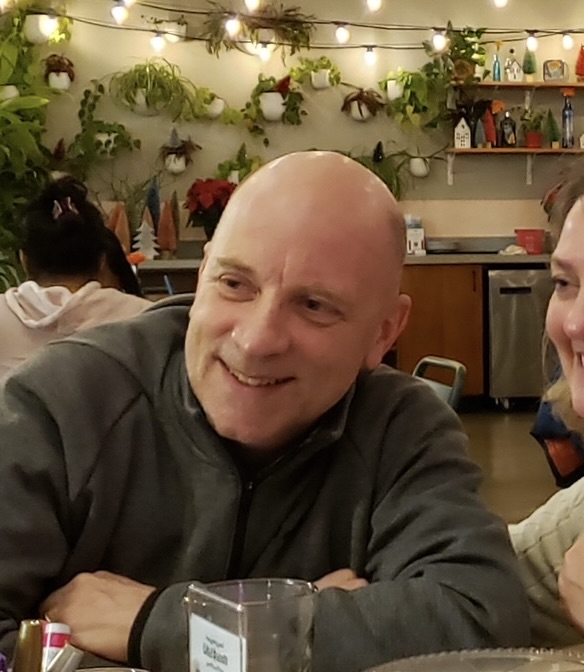
5 Ways DOCSIS Networks are Changing
Posted by Jonathan Tombes on Nov 14, 2018The cable industry’s DOCSIS networks are again in transition. A panel organized by Broadband Technology Report on Wed, Oct. 24, at this year’s SCTE-ISBE Cable-Tec Expo captured several impending changes.
One reason for these options is the flexibility of DOCSIS, which has already undergone considerable evolution. Another is the stability of DOCSIS 3.1, the latest version. “It’s worked better than we thought,” said John Chapman, Cisco Fellow and CTO of Cisco Cable Access, and one of the panelists. “We built margin into the system. That’s where the higher performance comes from.”
DAA, Full-Duplex DOCSIS and Extended Spectrum
It’s good that DOCSIS 3.1 performance is improving, right before our eyes. Looking ahead, we’re seeing other DOCSIS-related inflection points. In this early-morning session in Atlanta, titled “Managing DOCSIS Disruption,” I counted five. The first three involve architecture and spectrum.
The first is the Distributed Access Architecture (DAA). The drop-down menu on DAA includes Remote (R)-PHY, the leading approach on how to distribute CMTS functionality. It will eventually include Remote MAC-PHY, now called Flexible MAC Architecture, but R-PHY is already out of the gate. “This has been the year of testing and interoperability,” Chapman said. (As I noted in this article, DAA and Remote PHY were discussed in heavily attended pre-conference sessions this year and last.)
Full Duplex DOCSIS (FDX), the second looming change, gives operators the option to vastly expand the upstream. It also enables potentially symmetrical services over the same spectrum. Once associated only with a node-plus-zero (n+0) architecture, FDX is now undergoing a change of its own. A technical paper prepared this year by Chapman and Cisco colleague Han Jin explained how using back-to-back echo cancellers can amplify FDX signals. As a result, FDX can work in less costly n+2 (or higher) scenarios.
Another possible avenue for high-speed data involves tapping into higher spectrum. Ayham Al-Banna, Engineering Fellow in the CTO Office at ARRIS, called extended spectrum “a flavor of FDX.” He noted that while the theoretical limit to the HFC network is 25 GHz, extending spectrum from 1.2 GHz to 1.8 GHz is a “good first step.”
Node Platform, DOCSIS T&M
DAA, FDX and extended spectrum all impact the fiber-optic node, the fourth area undergoing change. In order to remove impediments to innovation in node design, the SCTE launched the Generic Access Platform (GAP) project in August, chaired by two engineers from Charter Communications. At the breakfast session in Atlanta, Dean Stoneback, Senior Director, Engineering and Standards at SCTE, said that a common framework for interfaces within node housings would be “an important enabler for all these technologies.”
With PHY-layer capability, the node becomes a window on the spectrum. Moreover, when the upstream and downstream are both active over the same plant at the same time, as in FDX, the plant becomes much more dynamic. “Your node has to be smart enough to adjust and maintain a good SNR,” said Al-Banna. The upshot? Legacy, hub-based test and measurement (T&M) tools will not suffice. “I think we’re about to see a massive revolution in the testing environment,” Chapman said. Stand by for more disruption.


